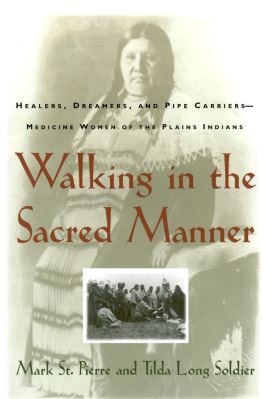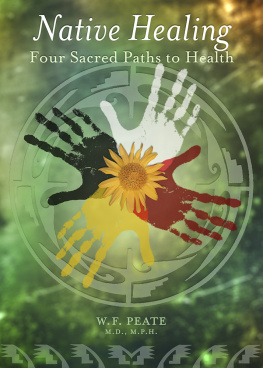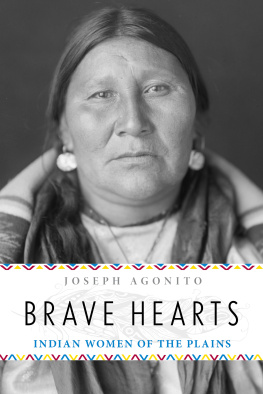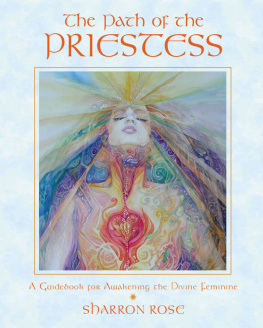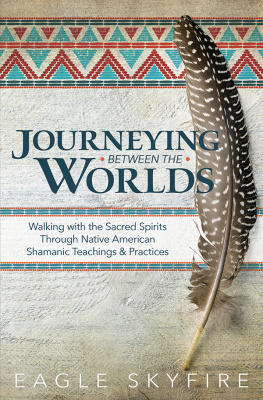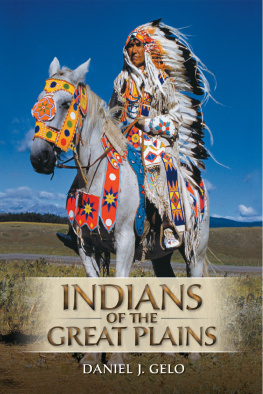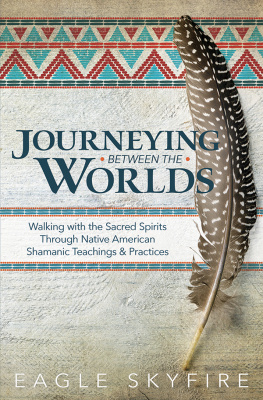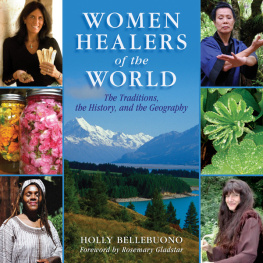M ARK S T . P IERRE is the author of Madonna Swan: A Lakota Womans Story. He is an adjunct professor of sociology, anthropology, and creative writing at Regis University in Steamboat Springs, Colorado. St. Pierre has spent twenty years living and learning among the Lakota.
T ILDA L ONG S OLDIER , St. Pierres wife, is a member of the Oglala Sioux Tribe. She was raised on the Pine Ridge Reservation and is fluent in Lakota. Tildas life experience includes growing up in the traditions and participating in the religious and ritual life of her people. Tilda and Mark have three children and live in Steamboat Springs, Colorado.

A TOUCHSTONE BOOK
Published by Simon & Schuster, New York
Cover design by Julie Metz
Cover photographs courtesy of Mark St. Pierre
Thank you for purchasing this Touchstone eBook.
Sign up for our newsletter and receive special offers, access to bonus content, and info on the latest new releases and other great eBooks from Touchstone Books and Simon & Schuster.

or visit us online to sign up at
eBookNews.SimonandSchuster.com



TOUCHSTONE
Rockefeller Center
1230 Avenue of the Americas
New York, NY 10020
www.SimonandSchuster.com
Copyright 1995 by Mark St. Pierre and Tilda Long Soldier
All rights reserved, including the right of reproduction in whole or in part in any form.
TOUCHSTONE and colophon are registered trademarks of Simon & Schuster Inc.
Designed by Irving Perkins Associates
Library of Congress Cataloging-in-Publication Data
St. Pierre, Mark, 1950
Walking in the sacred manner : holy women, healers, and pipe
carriersmedicine women of the Plains Indians / Mark St.
Pierre and Tilda Long Soldier.
p. cm.
A touchstone book.
Includes bibliographical references.
1. Indian womenGreat PlainsReligion. 2. Indian womenGreat
PlainsMedicine. 3. Women healersGreat Plains. 4. Indian
mythologyGreat Plains. 5. ShamanismGreat Plains. I. Long
Soldier, Tilda, 1962- II. Title.
E98. W8S7 1995
299'. 798' 082dc 20 95-6393
CIP
ISBN-13: 978-0-684-80200-8
ISBN-10: 0-684-80200-7
ISBN-13: 978-1-4516-8849-8 (ebook)
Dedicated to the Lakota women who try to live with the traditions through the struggles and hardships of today.
In honor of all who actively contributed to making this book a reality, including:
The late Madonna (Swan) Abdalla
Madonna Blue Horse Beard
Dora Brown Bull
Leona Brown Bull
Ethel Brown Wolf
Oliver Brown Wolf
Vivian Bull Head
Sheila M. Curry
Colleen Cutschall
The late Chauncey Dupris
Ray Dupris
Charlotte Gusay
Dr. Herbert Hoover
Sidney Keith
Carol Little Wounded
Mel Lone Hill
Oglala Lakota College Library
Orville Mesteth
Jessie James, Jr.
Stella Janis
Valentine Janis
Cecelia Looking Horse
Stanley Looking Horse
Arlene Marshall
Neva (Light In The Lodge) Paxton
LeVera Rose (South Dakota Historical Archives)
Mike Running Wolf
Belle Starboy
Steamboat Springs Arts Council
Dr. Ronald Theisz
Ted Thin Elk
Delia Two Crow
Tanya Ward
Roberta (Deer With Horns) Wolf
Ted Wolf
Jackie Yellow Tail
Cissy Young Bear
Darlene Young Bear
Mitchell Zephier
Contents
Introduction
What is important for us is that the old ways are correct and if we do not follow them we will be lost and without a guide. We must remember that the heart of our religions is alive and that each person has the ability within to awaken and walk in a sacred manner. The manner with which we walk through life is each mans most important responsibility and we should remember this every new sunrise.
T HOMAS Y ELLOW T AIL , Crow Holy Man 190393,
from his granddaughter, Jackie Yellow Tail
In the religions of the modern world, women are often relegated to second-class citizenship or worse. With rising frequency and intensity, women are asking, Why? and Just where do we fit in these traditions? For each of the religions of Islam, Judaism, Buddhism, or Catholicism, the answer would be slightly different. For many women the traditional responses are not likely to satisfy them or relieve their quest for a religion that can respond to their needs. It is not only women who question and search for the richness of a truly affirming religious experience: society itself seems to be on a spiritual odyssey. Ours is an era of great change and confusion, and perhaps it is a time in which people will finally listen to Native America and see that there are cultures that have not denied women spiritual equality.
Non-Indian people have been turning to Native American practices for years, as evidenced by the proliferation of the vision quest, the sweat lodge, and so forth. Some of what we know has come legitimately through or from native peoples; much has not. The recent commercial availability of tarot cards based on Lakota Religion is a good example of using aspects of a spiritual practice without really understanding it. Native Americans who are well versed in Indian religious life need to be listened to more carefully. This book is not intended to make converts or teach all there is to know about Native American religion. It is difficult for these belief systems to be taken out of context and practiced by those who do not deeply understand or live in that culture.
We work in a family-owned Indian art gallery in Steamboat Springs, Colorado. In the role of salespeople, we encountered many questions about native peoples religions, and New Age writers became increasingly common. The idle curiosity and occasional blatant racism of the questions often provoked Tilda to comment, but generally, in typical Lakota self-effacement, she referred the questions to me or ignored them. These questions provided much of the motivation for Tildas and my journey of discovery in the world of women healers of the Lakota.
A full-blood Oglala Lakota, Tilda was raised out in the country in what could be considered a physically arduous life. Home was a weathered, square-hewn log house on the homestead of Little Warrior, her maternal great-grandfather, in the Medicine Root District of the Pine Ridge Reservation, near the village of Kyle in western South Dakota. The house sat below a grass-covered hill capped by a protrusion of yellow sandstone. From the ridge top there was a spectacular view of the pink, yellow, and red striped, jagged badlands, which spread to the north and stretched from east to west as far as the eye could see.
Ozuya Cikala (Little Warrior) had been one of the last living survivors of the Little Big Horn Battle. In his adult years Little Warrior had been one of the most powerful medicine men of the reservation. According to Tildas older relatives, he was able to pull green herbs from the snow to doctor his patients. In 1950 he successfully treated the famous Black Elk for a stroke.
Little Warrior died in the mid-1950s. When Tilda was born, in 1962, the shamans separate little frame house had fallen into ruin. The main log house had changed little. Water was hand pumped from a well near the large one-room cabin. The sill and post log building had been an Indian dance hall, a place for gatherings and all-night wakes as well as a home.

